Harmonic Elliott Wave: The Case for Modification of R. N. Elliott’s Impulsive Wave Structure
$24.49
| Author(s) | |
|---|---|
| Format |
|
| Pages |
211 |
| Publication Year |
2011 |
In Harmonic Elliott Wave he reveals the methodology, the common ratios that link different parts of the wave structure and provides a wealth of practical examples to explain his findings. Through this methodology he shows how waves develop and dispels the misconceptions that have been common practice by Elliotticians over the years. He supports his methods by consistently ensuring that waves are related by common ratios to help the reader apply the techniques with greater understanding and accuracy.
Introduction:
Utilizing R. N. Elliott’s wave structure, I became aware that things were not quite right. The same anomalies in the wave structure repeated themselves over and over again. The normal Fibonacci projections that are widely quoted didn't work all that often. Impulsive waves all too often stalled early and missed out a wave. So I began to adapt the way in which impulsive wave structures develop and to research the common ratios in projections. After a few months, it was clear that my adaptations produced far more accurate results in both the projection ratios and the manner in which impulsive wave structures develop.
In writing this book to describe my findings I do not wish to imply that R. N. Elliott failed. In my opinion he was brilliant to make such observations in the first place. I do not for one moment believe I could have identified and quantified the Wave Principle if I had no prior foundation on which to work. The ability for me to identify this different structure of impulsive waves could really only have been managed with the benefit of modern calculators and charting software. With a few touches of the keyboard I am able to generate a full range of retracement levels and projections in my spreadsheet.
While Elliott did have access to hourly charts, his ability to scrutinize wave relationships was limited due to the fact that he would have had to calculate a range of ratios long hand. Spreadsheets allow these to be available almost instantaneously. All that is needed is to tap in a few highs and lows. Therefore I prefer to label my findings as a modification only. R. N. Elliott’s work still remains a remarkable feat of observation and diligence.
Contents:
- R.N. Elliott’s Findings: Impulsive Waves.
- R.N. Elliott’s Findings: Corrective Waves.
- Impulsive Wave Modification.
- Projection and Retracement Ratios.
- Working with the Modified Wave Structure in Forecasting.
- A Case Study in EURUSD.
- The Modified Structure in Other Markets.
Harmonic Elliott Wave: The Case for Modification of R. N. Elliott's Impulsive Wave Structure By Ian Copsey pdf
8 reviews for Harmonic Elliott Wave: The Case for Modification of R. N. Elliott’s Impulsive Wave Structure
Clear filtersOnly logged in customers who have purchased this product may leave a review.

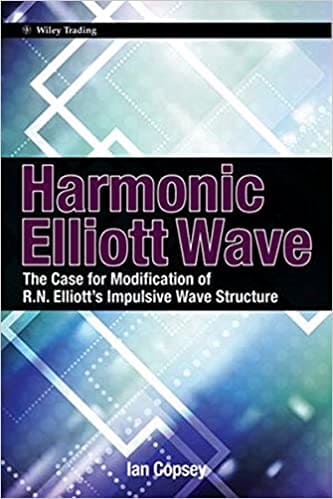

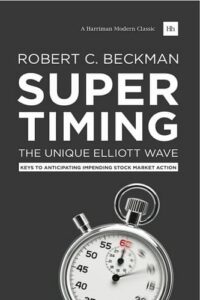

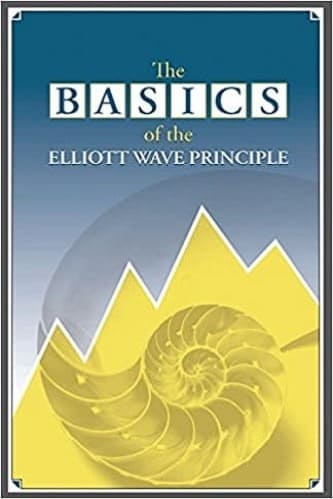
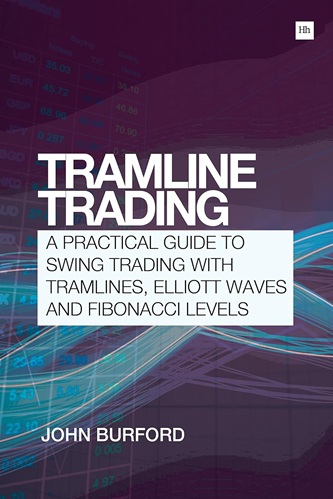
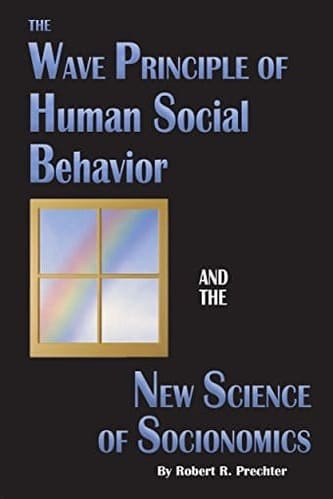
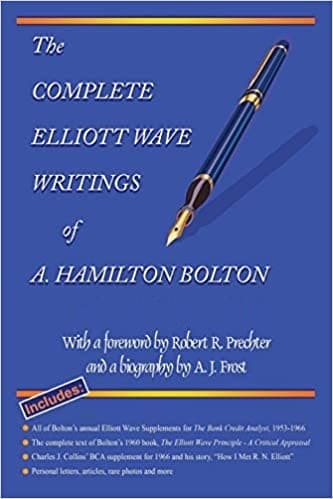
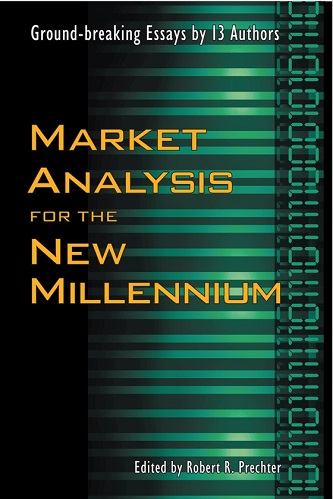
Katherine Dougherty (verified owner) –
A few years ago, Ian Copsey had something of an epiphany. He became aware of anomalies in the work of the celebrated financial markets technical analyst, R.N. Elliott. Elliott’s Wave Principle proposed that financial markets proceed in a pattern of impulsive and corrective waves. Copsey’s computer based research led him to believe that the structure of the waves developed differently than Elliott’s works. Based on that research, Copsey proposed strong guidelines for strategies to apply the new “harmonic” wave structures to financial markets. After successfully testing his theory, Ian Copsey has presented, in Harmonic Elliott Wave, a robust argument for his innovative treatment of wave principles.
Devin Nunez (verified owner) –
Ian Copsey is one of the most accomplished Elliott Wave practitioners. While respecting the “brilliant findings” of R.N. Elliott, Copsey explains in rich detail how a few changes to the original impulsive wave structure have allowed him to achieve more consistently accurate analysis. Some traditionalists may find his work provocative but Elliotticians of all hues will benefit from his insightful observations.
Chana Yang (verified owner) –
Good approce in wave count, some example in this book are valide with traditional wave count too. I think it Is to buy.
Augustine Burgess (verified owner) –
Good book
Zaria Kennedy (verified owner) –
I liked the wave projections
Scarlette Kaur (verified owner) –
Well put together in my opinion. He presents elliotts findings, his findings, as well as common responses and how to deal with it. That being said, as someone who is not the best versed in elliott wave theory, there were a few times when I had serious doubts about whether or not I was just not understanding the concept or seeing a typo.
On page 18(!), fig 2.4 the wave count appears to be (C), (A), (B), (C), (X), (A), (B), (B), (X). Where is the second (C) wave??, you can have two (B) waves in a row? This was an instance were I doubted my intelligence, and to this day i’m still not sure if I’m right or not.
On Page 83 Fig 4.1, the Wave (iii) is marked as 1.3757+ wave (i)*185.6% = 1.3765. It seems to me that either wave (i) is TINY, or wave (iii) was suppose to be marked as 1.3657. There was no 1.3757 marked on the chart anywhere, so I assumed the latter was correct.
Not to be a nitpicker, but I find it much easier to read over and forgive typos in spelling than in numbers and figures. Considering that this book is about an alternative way of counting waves and using projection points, getting the numbers right seems like a big deal!
Errors aside, I think the book still does provide some innovation to the age old concept, and I look forward to doing my own research on the topic with Mr. Copsey’s ideas in mind.
Maxwell Stevens (verified owner) –
Informative and interesting
Malcolm Small (verified owner) –
This book is demonstrating different wave structures and ratios than the traditional Elliott waves. It is thorough and very detailed, making for hard reading at times but it presents the material in a comprehensive and sincere manner. Looking at charts after reading this book I can see how this alternative structure is more applicable than the traditional Elliott waves. This book will not teach you how to trade with wave counting. If you already know how to utilize wave counting and ratios in your trading this is likely to give you an alternative view that is probably more prevalent than the traditional Elliott method. I appreciate the sincerity of the author in showing where he went wrong with past analysis and explaining that while this method is better than traditional wave counting it is still not perfect. He also says that eyeballing a chart is not a workable analysis and that ratios must be incorporated. I must admit that after giving this my best shot over a few weeks of demo trading I could not make use of this information in my trading. The one thing that makes sense is the use of three wave counts in most cases vs the traditional five wave count. However, I could not fit actual price action into the ratios prescribed by this book. It could be close on occasion but on occasion is not often enough. This is my own personal experience and it does not mean that it will not work for someone else, especially someone who is an experienced Elliott trader, something that I am not. I have found information that is simpler and more helpful in another book I purchased through Amazon, Trade What You See – How to profit from pattern recognition.